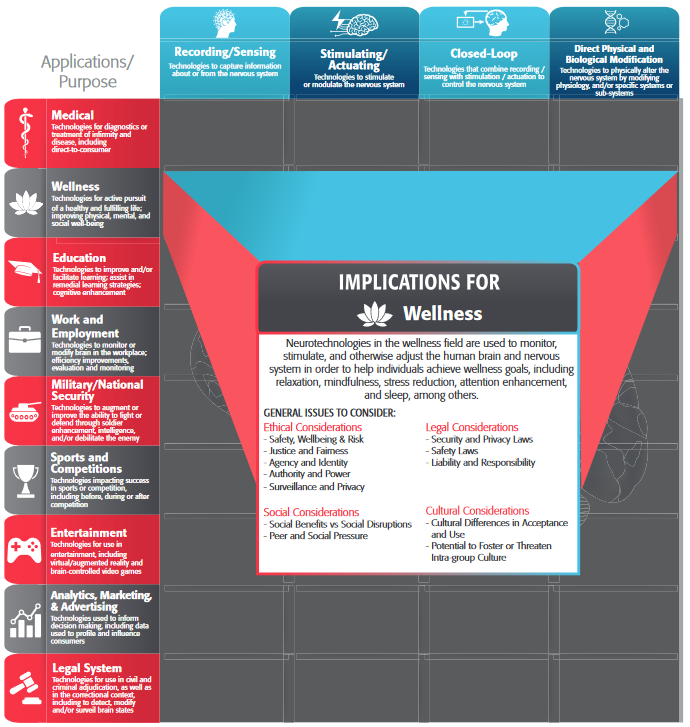Progress of Neuroimaging in Psychiatry
December 2022
OPINION
Biqiu Tang, Hui Sun, Naici Liu, Youjin Zhao, Chengming Yang, Senhao Liu, Qiyong Gong, Wenjing Zhang, Su Lui
With the increase of the pace of life, work pressure, work-family conflict, social changes and emergencies, the prevalence of mental disorders are increasing, which contributed to a large proportion of the global disease burden. At present, the diagnosis and classifications of mental disorders in psychiatry has been relying on psychological and behavioral observations, while heterogeneity within psychiatric syndromes such as depression and psychosis in genetics, neurobiology and treatment outcomes was widely demonstrated in such way. When diagnostic labels do not map precisely onto either biology or treatment outcome, it is challenging to conduct translational neuroscience research to extend the understanding of pathogenesis and develop treatments that will target alterations in specific patients for personalized treatment. In addition, since current diagnosis requires that the defining behavioral features are already present, it is difficult to develop targeted prevention-based interventions.
An affective computing aspect on similarities and differences in emotion recognition with EEG and eye movements among Chinese, German, and French people
December 2022
RESEARCH
Wei Liu, Bao-Liang Lu
Emotions, especially facial expressions, used to be thought of as universal all around the world: we would cry when we are sad, and we would smile when we are happy. However, you might have experienced that you do not laugh after hearing a foreign joke realizing that the joke has distinct cultural backgrounds. Emotions, therefore, seem to have both universal and culturally variable components. Understanding the relationship between cultures and emotions can help us know whether emotions affect physical health in the same way across various cultures and inform us about the effectiveness of mental health interventions for patients with different cultural backgrounds. In addition, from the aspect of affective computing, a deep comprehension of cultural influences on emotions can help us build emotion recognition models for generalizing to people around the world.
Self-stretchable Christmas-tree-shaped Ultraflexible Neural Probes
December 2022
RESEARCH
Ye Tian, Cunkai Zhou, Kuikui Zhang, Huiran Yang, Zhaohan Chen, Zhitao Zhou, Xiaoling Wei, Tiger H. Tao, Liuyang Sun
Implantable flexible neural probes have been demonstrated bridging the mechanical mismatch between invasive probes and brain tissues, minimizing footprint in brain, and chronic biocompatibility [1]. However, conventional needle-shaped flexible neural probes reported before have recording sites distributed vertically along a relatively narrow shank [2], which limits the lateral range in which the probes may record neural signals. Although designs with more probe shanks expand the lateral detectable range, the high implantation density reflects in increased tissue damage and surgery complexity. In this work, we developed a flexible neural probe by novel Christmas-tree structure, which has branches that are foldable along the shank by temporary encapsulation before implantation and self-stretchable after the encapsulation dissolves after implantation. The probe we developed affords increased lateral sensing range without causing extra brain tissue damage.
Towards the Design of BCI-based Accelerated Training System for Air Traffic Controllers
Communicated by Distinguished Professor Chin-Teng Lin
RESEARCH
May 2022
Chin-Teng Lin and Alka Rachel John
Humans are easily overwhelmed with tasks that push them beyond their capabilities. Despite their remarkable resilience to diverse working conditions, the work environment must be adapted to afford comfortable interactions with human operator abilities. Modern work environments position human operators at a supervisory level where they have extensive interactions with technology and must integrate multiple streams of information, demanding more cognitive resources and resulting in a higher workload in the human operators.
Distributed Wireless Networks of Microimplants for Neural Recording and Stimulation
May 2022
RESEARCH
Jihun Lee, Ahhyoung Lee, Vincent Leung, Farah Laiwalla, Arto Nurmikko
The concept of brain circuits computing as an extended network, composed of billions of neurons represents a contemporary view which is exploited in research of brain-machine interfaces (BMI). Population dynamics recorded from ensembles of neurons have been dominated by intracortical silicon-based microelectrode arrays (MEA), monolithic ‘beds of needles’, wired to external signal processing electronics. The work has deepened our understanding of underlying functional principles especially of the motor cortex as a network, leading to first clinical trials of human BMIs. The importance of computational techniques in neural decoding in this highly undersampled circumstance is demonstrated in the example study: e.g. recent work by the Stanford group where pattern recognition of spiking neural population has demonstrated a BMI hand writing-to-text capability. A forward-looking question is about the type of neural recording device technologies which are scalable and able to access a much larger number of neurons for decoding complex motor, sensory, and perhaps even cognitive tasks.


